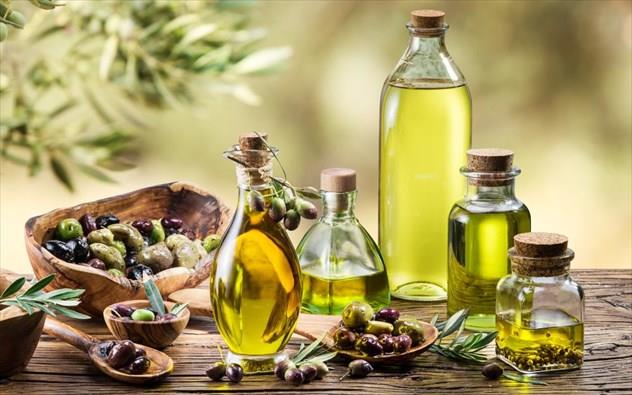The olive oil crisis seems to be coming to an end. After two years of drought in southern Europe, during which production collapsed and olive oil prices skyrocketed, industry forecasts show a clear change in the trend, which we hope will be reflected in supermarket prices.
Largest production in Greece
In most olive producing areas of Greece, the average production is expected to be better than last year. As olive oil market representatives said to Naftemporiki, “an increase in production is expected in the Peloponnese, especially in Messinia, despite any reservations caused by the heat and prolonged drought. A good productive year, after last year’s bad one, is expected in the Ionian Islands and Crete.”
Positive messages are also coming from the olive-producing areas of the Eastern Macedonia-Thrace Region, as well as Epirus. “If everything continues smoothly, the production will be significantly increased compared to last year as there was good flowering and fruiting.”
“The mild winter and the rise in temperature do not create favorable conditions for the appearance of Dakus and the production is predicted to be better than last year, without, of course, being the expected one,” they emphasized.
How much will prices be affected?
The question for consumers, of course, is how much the olive oil prices will be affected downwards with the expected increase in production. Before the crisis, the price of olive oil fluctuated between 3.5 and 4 euros per liter for the cheapest varieties, but it seems very difficult to return to these levels.
However, there are no studies for Greece and only in Spain do the authorities estimate that the retail price will decrease. After all, since July 1, the zero VAT on olive oil (from 5%), imposed by the Spanish government, has already led to the first significant price reductions in Spanish supermarkets.















